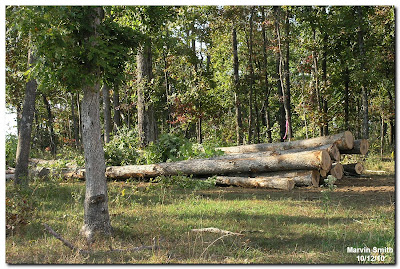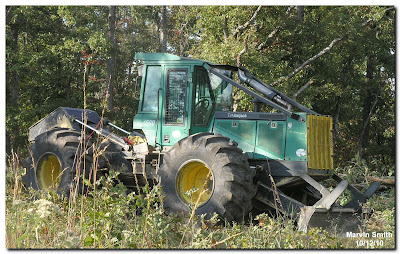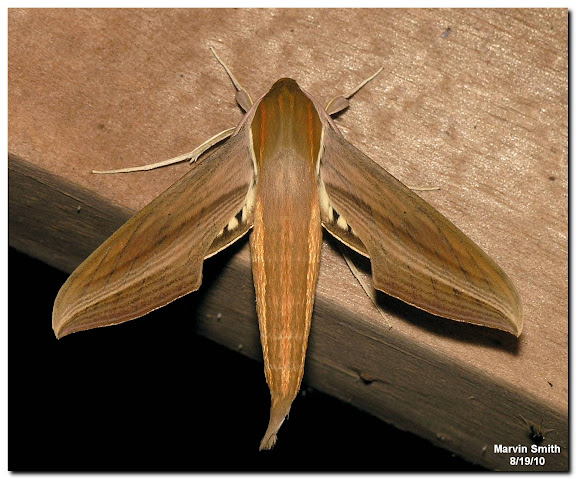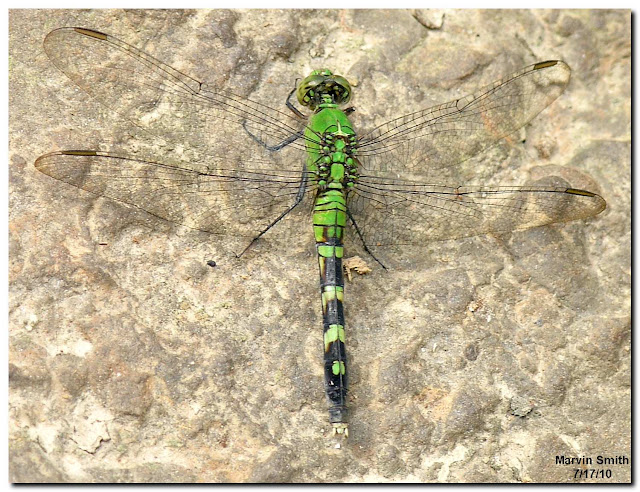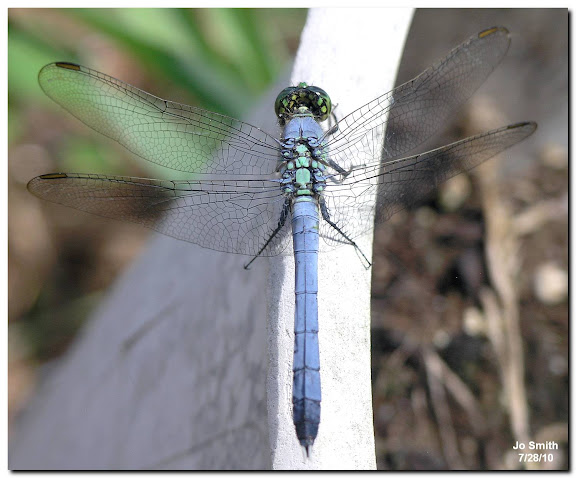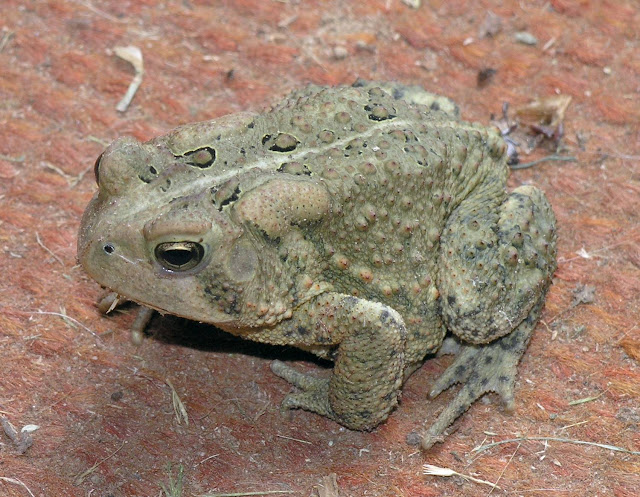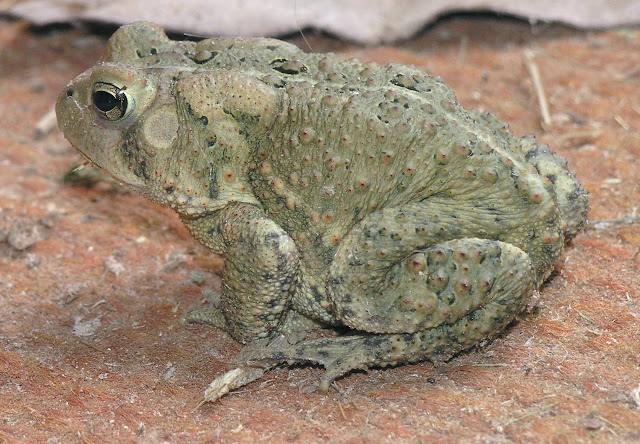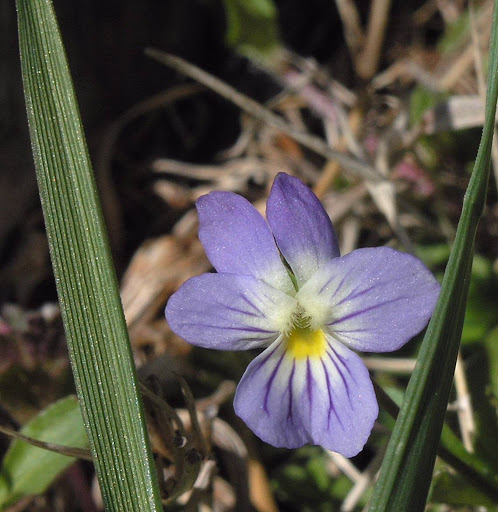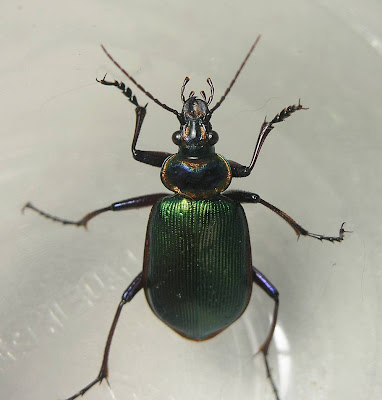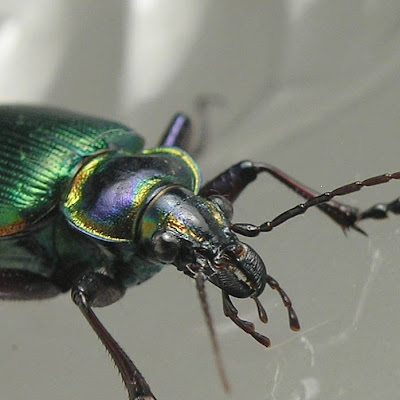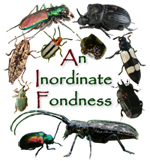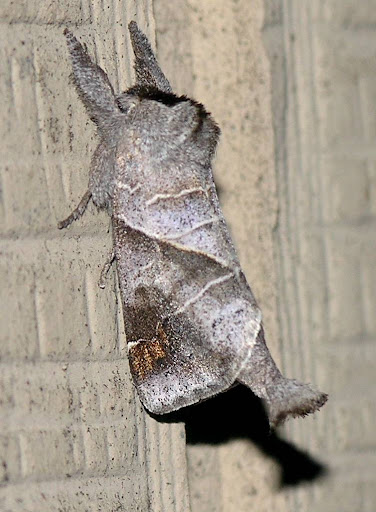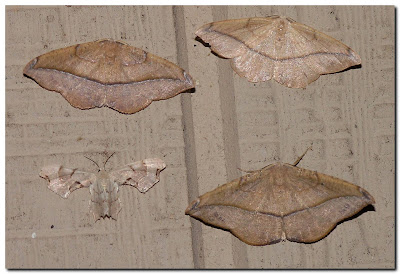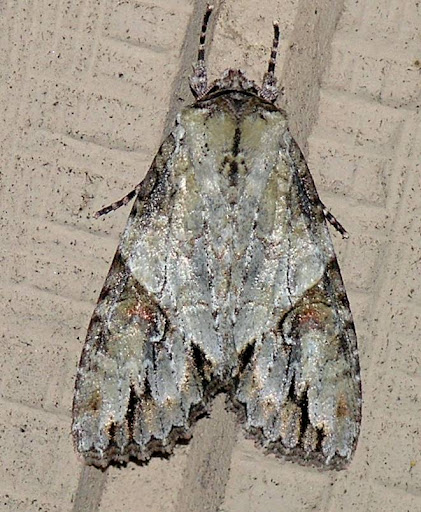Larvae (bagworms) construct spindle-shaped bags covered with pieces of twigs, leaves, etc., and remain in them -- enlarging the bags as they grow -- until they pupate (also in the bag). Adult females remain in the bag, emitting pheromones which attract adult males to mate with them. Males become more typical moths. (There are 26 species in 13 genera in North America.)
Eggs are laid inside the bag, and when they hatch the larvae crawl away to begin construction of their own individual cases.
Source: BugGuide
.







